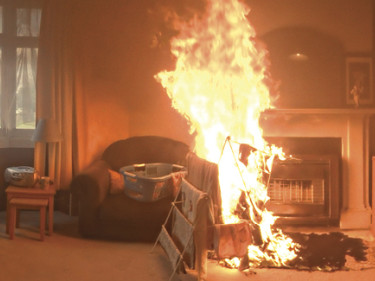Making a Referral
FAIP referrals go to our regional co-ordinators by:
- direct contact from members of the public (phone calls to a region office, during business hours)
- email to FAIP@fireandemergency.nz which are then forwarded to the Regional Co-ordinator
- calling our national free-phone number 0800 Fire Info (0800 3473 4636)
- Firefighters providing information to the Regional Co-ordinator on behalf of, and with the consent of, the parents
- social agencies, Police and schools, or
- people using the online referral form
Process following referral
After receiving a referral, Regional Co-ordinators will select who interviews the young person and will send information to the appropriate FAIP practitioner.
The practitioner will call to make an appointment within three days of the initial contact, and the intervention takes place within 10 days. The probability of another incident is greatly reduced with a quick response.
Conducting the intervention
Most interviews are conducted at the young person’s home. This is usually the most convenient place. It also offers the FAIP practitioner the chance to evaluate the home environment and any variables there.
The young person and their family usually feel more comfortable and open in their own home environment. It is also usually the scene of most of the fire activity. Interventions may be conducted at schools when it is not practical to do this in the home. Privacy and anonymity of the whole family is extremely important and is always maintained.
Before the intervention parents or caregivers complete a consent form. Then during the intervention, they help complete a profile form. Parents or caregivers must be present at all times during any sessions.
Stages of a visit
There are several distinct stages and tasks in a FAIP intervention. These are:
- Introduction and rapport building
- Explain, complete and sign the consent form
- Complete the profile form. This may be completed at the end of the visit
- Work out a strategy. Discuss fire safety education using workbooks, DVDs, photo books, interactive games and other resources
- Homework
- Install home smoke alarms and draw up a fire escape plan
- Set date and time for a follow up visit.




